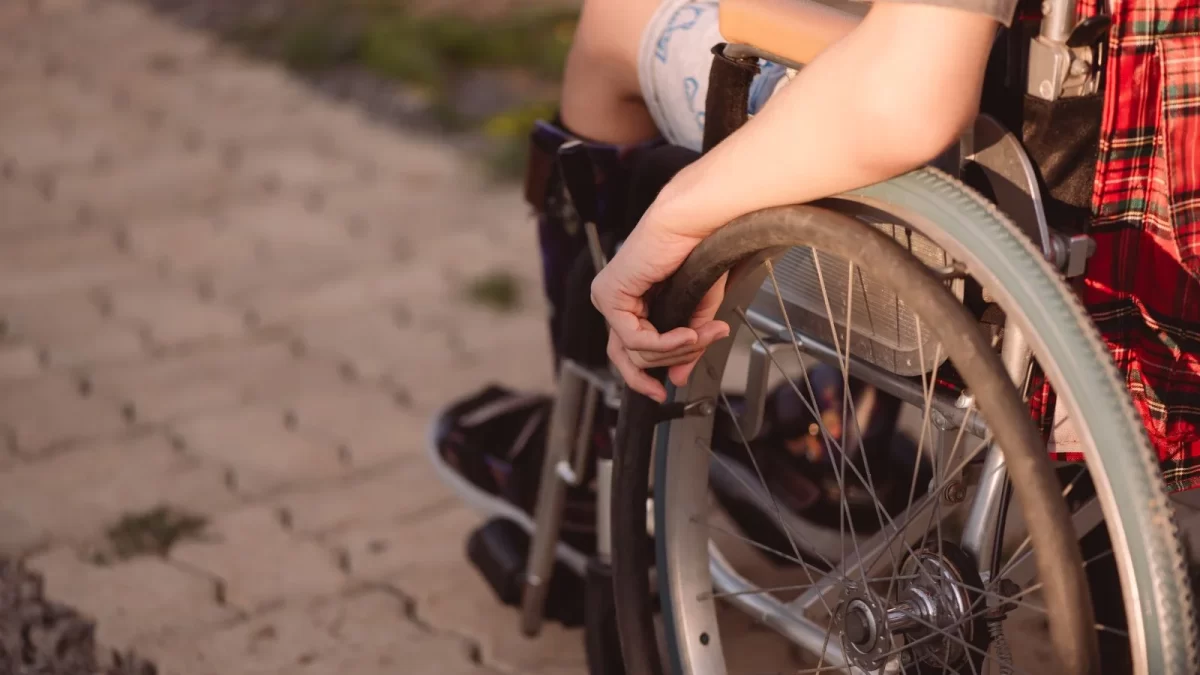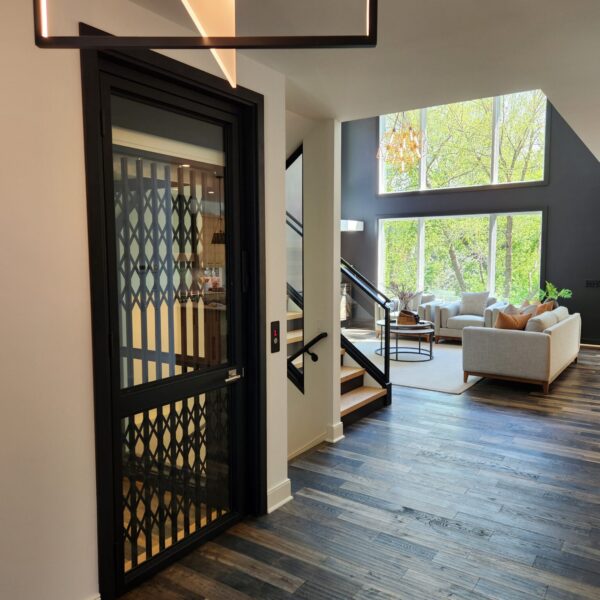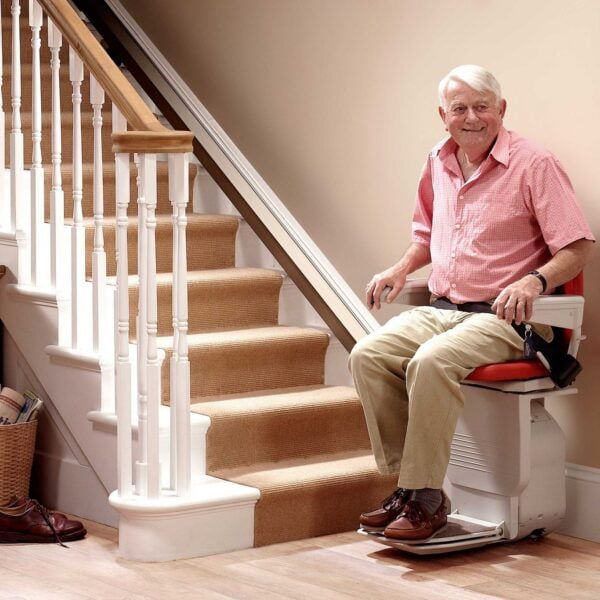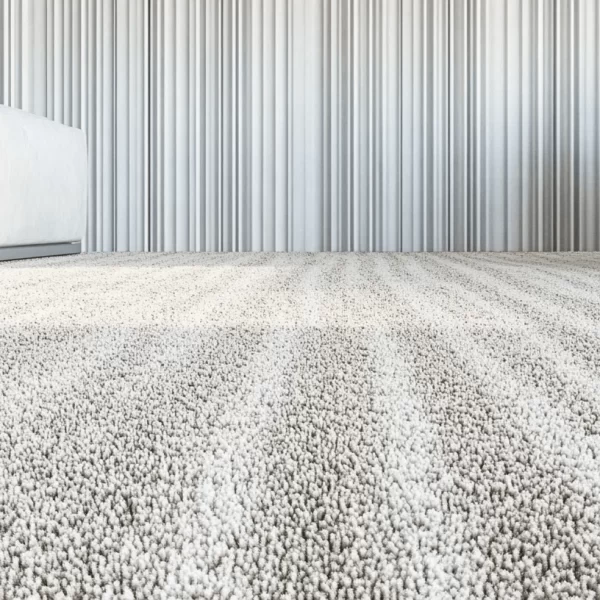
Choosing the Right Material for Your Wheelchair Ramp: Wood, Aluminum, or Concrete?
November 26, 2024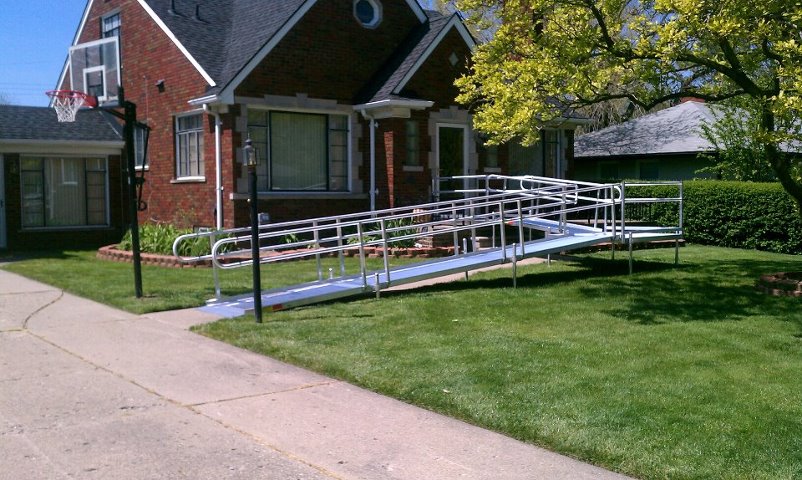
Outdoor Accessibility: Ramps, Pathways, and Gardens Designed for Mobility and Independence
December 5, 2024Wheelchair ramps serve a dual purpose in your home. They are functional structures and integral elements of your home’s design. With the right approach, a wheelchair ramp can seamlessly blend into your property’s aesthetic while providing critical accessibility. By incorporating creative design ideas, homeowners can achieve functionality and style, ensuring their ramps are safe, durable, and visually appealing. This guide’ll explore various design concepts and tips to transform wheelchair ramps into a harmonious part of your home’s architecture.
Incorporating Natural Materials for a Cohesive Look
One of the most effective ways to integrate a wheelchair ramp into your home’s exterior or garden design is to use natural materials. Wood and stone can create a warm, inviting look while maintaining the ramp’s functionality.
Ideas to Consider:
- Wooden Ramps: Use treated, weather-resistant wood for durability. Stain or paint the wood to match your home’s exterior. Adding planters or railings with a similar finish can tie the ramp into the rest of the design.
- Stone Accents: Incorporate stone pavers or veneer along the edges of a concrete ramp. This adds texture and gives the ramp a more upscale appearance.
- Landscaping: Surround the ramp with shrubs, flowers, or decorative grasses to soften its edges and enhance its visual appeal.
Natural materials work well in homes with rustic or traditional designs, creating a ramp that feels like an intentional part of the environment.
Blending Ramps into Existing Architecture
A well-designed wheelchair ramp should not stand out as an add-on but rather complement your home’s architectural style. This approach ensures the ramp feels like a natural extension of your property, enhancing its overall design.
Design Strategies:
- Matching Colors and Finishes: Use paint or finishes that align with your home’s exterior colors. This creates a cohesive look.
- Integrated Railings: Choose railings that mimic your home’s existing features, such as wrought iron, wood, or metal.
- Hidden Ramps: If space allows, design the ramp to be partially hidden, such as within a porch or wrapped around the side of the house. This keeps the ramp functional but less visually dominant.
- Covered Entrances: Incorporate a covered ramp with a small roof or awning to add charm and protect the ramp from weather-related wear.
These strategies ensure that your ramp enhances rather than detracts from your home’s curb appeal.
Adding Decorative Elements for Personalization
A wheelchair ramp doesn’t have to be purely functional; it can also reflect your personality and design preferences. Adding decorative elements can make the ramp a unique feature of your home.
Ways to Personalize:
- Custom Railings: Opt for railings with intricate designs, such as geometric patterns or scrollwork. These can be powder-coated for added durability and style.
- Lighting Features: Install LED strip lighting or post lights along the ramp’s path. This enhances safety while creating a modern, elegant look.
- Mosaic Inlays: Incorporate mosaic tiles or decorative patterns into a concrete ramp for a splash of color and creativity.
- Themed Designs: Match the ramp’s style to a theme, such as nautical elements for coastal homes or vintage details for historic properties.
Personal touches make the ramp feel less like an accessibility feature and more like a design statement.
Maximizing Functionality with Smart Design
Beyond aesthetics, a well-designed ramp should prioritize safety, durability, and ease of use. Integrating innovative design features can enhance both its functionality and user experience, providing a secure and confident feeling for homeowners.
Smart Design Tips:
- Optimal Slope: It’s important to follow ADA guidelines to ensure the ramp’s slope is gentle and easy to navigate. A 1:12 ratio (1 inch of rise for every 12 inches of run) is recommended, promoting a responsible and considerate feeling for homeowners.Non-Slip Surfaces: Choose materials or coatings that provide traction, such as textured concrete, rubber mats, or slip-resistant paint.
- Weather Protection: Install a drainage system to prevent water buildup on the ramp, reducing the risk of slipping.
- Wide Pathways: Design the ramp to be at least 36 inches wide to accommodate different mobility devices and provide ample space for movement.
- Rest Areas: For longer ramps, include level landings or rest areas at regular intervals to make the ramp easier to use.
These features ensure that the ramp remains safe and accessible for all users, regardless of weather or mobility needs.
Sustainable and Eco-Friendly Ramp Designs
For environmentally conscious homeowners, incorporating sustainable materials and design practices can make a wheelchair ramp eco-friendly without sacrificing quality or aesthetics.
Sustainable Ideas:
- Recycled Materials: Use recycled or reclaimed wood, aluminum, or composite materials to minimize environmental impact.
- Permeable Surfaces: Opt for permeable concrete or pavers that allow water to pass through, reducing runoff and promoting sustainable drainage.
- Green Additions: Integrate vertical gardens, planters, or vines along the ramp’s railings to add greenery and improve air quality.
- Energy-Efficient Lighting: Install solar-powered lights to illuminate the ramp while conserving energy.
Eco-friendly ramps not only benefit the environment but also add a modern and conscientious touch to your property.
Wheelchair ramps can be much more than a functional necessity; with thoughtful design, they can become an integral and attractive part of your home’s overall aesthetic. Whether you choose natural materials, integrate the ramp into your home’s architecture, add decorative touches, focus on smart functionality, or prioritize sustainability, there are endless ways to create a ramp that is both accessible and beautiful. By investing in creative design, you’re not just building a ramp—you’re enhancing your home’s value, usability, and charm. Let your wheelchair ramp be a testament to the harmony between form and function, and the sense of accomplishment you’ll feel after implementing these design ideas.
At CAPS Remodeling, we specialize in crafting beautiful, accessible wheelchair ramp solutions tailored to your needs. Contact us today to bring your creative vision to life with expert design and installation services!

Introducing Jeff Cates, the visionary Founder and Owner of CAPS Remodeling. After experiencing a profound personal event involving his son in 2007, Jeff was inspired to serve a higher purpose: to create safer, more comfortable, and independent living conditions for the elderly and disabled by modifying their current homes. Jeff’s deep-seated religious beliefs form the moral compass that steers CAPS daily operations. Apart from his unwavering dedication to his work, Jeff finds joy in boating and cherishing moments with his family.

